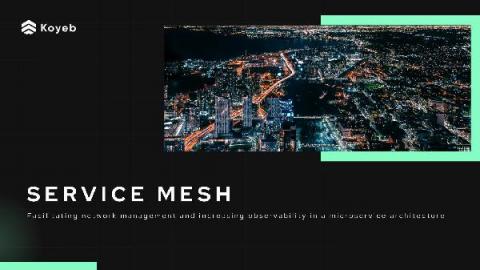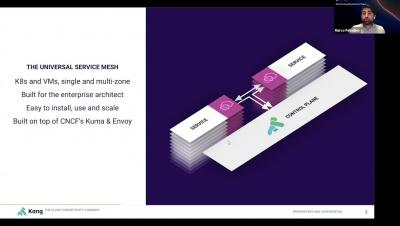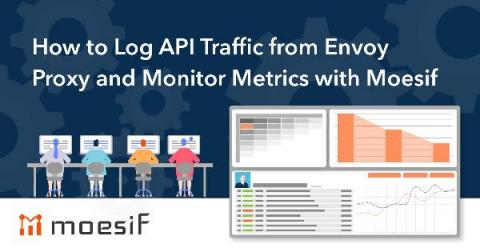Systems | Development | Analytics | API | Testing
Service Mesh
Service Mesh and Microservices: Improving Network Management and Observability
Whether you're transitioning away from a monolith or building a green-field app, opting for a microservice architecture brings many benefits as well as certain challenges. These challenges include namely managing the network and maintaining observability in the microservice architecture. Enter the service mesh, a valuable component of modern cloud-native applications that handles inter-service communication and offers a solution to network management and microservice architecture visibility.
How to Automate Service Mesh Observability With Kuma
The more services you have running across different clouds and Kubernetes clusters, the harder it is to ensure that you have a central place to collect service mesh observability metrics. That’s one of the reasons we created Kuma, an open source control plane for service mesh. In this tutorial, I’ll show you how to set up and leverage the Traffic Metrics and Traffic Trace policies that Kuma provides out of the box. If you haven’t already, install Kuma and connect a service.
Getting Started With Kuma Service Mesh
Getting Started With Kuma Service Mesh
Kuma is an open source, CNCF service mesh that supports every environment, including Kubernetes and virtual machines. In this Kuma service mesh tutorial, I will show you how easy it is to get started.
Implementing Zero-Trust Service Mesh Security
Imagine you’re going through immigration at the airport. The immigration officer says, “I don’t need your passport because I trust that you are who you claim to be.” Wait, what? That would never happen, right? That’s because trust is exploitable. Sooner or later, somebody will try to lie about who they are, and thus a criminal could enter the country. That’s why countries must enforce some form of identity, like a passport, to certify travelers are who they claim.
Service Connectivity Isn't Your Job, But it's Still Your Problem
As a developer, your company hired you to build incredible products that focus on your users’ and customers’ needs. Yet, in the age of microservices, producing the best products relies heavily on efficient cloud service connectivity. For example, an eCommerce marketplace is more than a front-end UI that customers access via a browser.
Considerations for Deploying a Multi-Cloud Architecture with Kong Gateway, Kuma Service Mesh and Aviatrix
Building a multi-region or multi-cloud environment for your applications requires a lot of attention. In a typical deployment, you would have an API gateway running close to the several application runtimes. You should enhance your deployment to support different regions in a given cloud, or in an even more distributed and hybrid scenario, multiple services running across other public clouds and on-premise environments.
Distributed Multi-Cloud and Multi-Cluster Service Mesh | Kong Mesh
How to Log API Traffic from Envoy Proxy and Monitor Metrics with Moesif
Envoy is a high-performance C++ distributed proxy designed for microservices and service-oriented architecture, as well as a scalable communication bus and “universal data plane” designed for large scale service meshes. Envoy runs alongside every application and abstracts the network by providing common features in a platform-agnostic manner.











